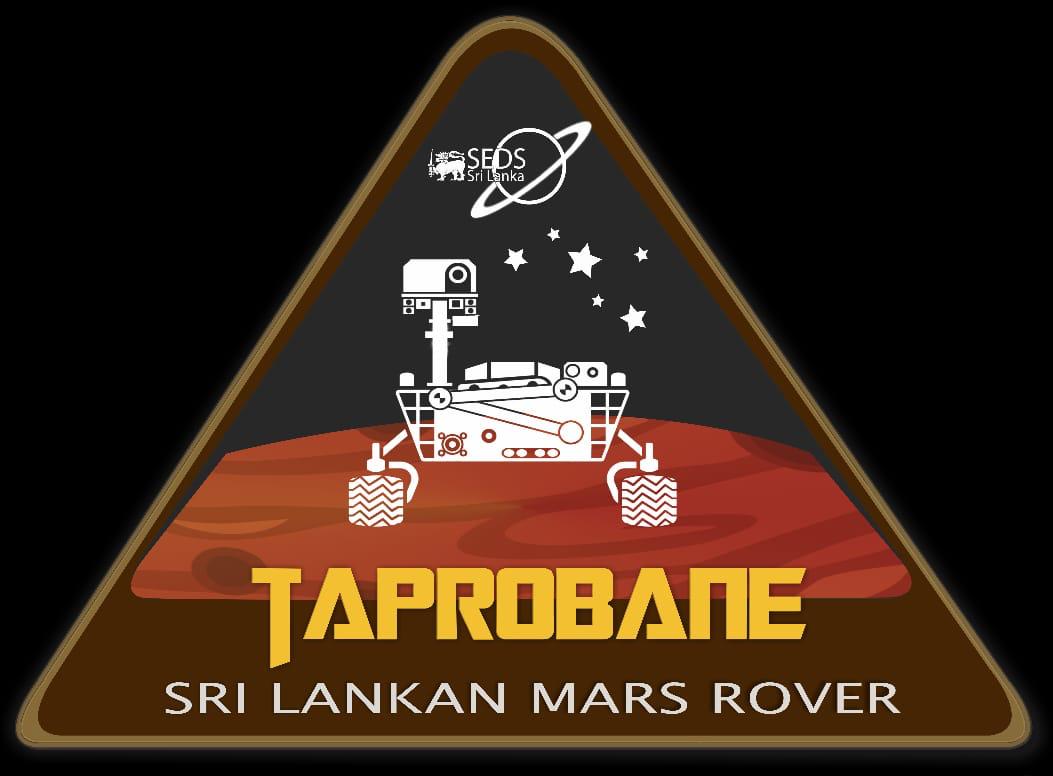Nasa's mission to an alien ocean - Europa Clipper
Kaveendri Shanika Rathnayake
Europa, the smallest
of Galilean Moons is one of the most remarkable bodies in the solar system.
Scientists believe that this 1,940- mile-wide satellite harbors a huge ocean of
liquid water beneath its icy shell. Also, in 2016 a study suggested that Europa
produced 10 times more oxygen than hydrogen. Thus, the scientists have
identified this icy world as one of the best spots in the solar system with the
potential for life to evolve.
So exploring this
icy moon in depth is essential for future investigations. To fulfil this target
NASA's Jet Propulsion Laboratory in partnership with the John Hopkins
University Applied Physics Laboratory has planned a mission called 'Europa
Clipper' to be launched in June 2023 or 2025. It will enter an orbit around
Jupiter and make dozens of close approaches to Europa. Though mission's
preferred launch option is the Space Launch System (SLS), due to financial
issues NASA has proposed to launch Europa Clipper using a commercial vehicle
such as Delta 4 Heavy or Falcon Heavy. Estimated cost for the entire mission at
between $3.5 billion and $4 billion. Nine instruments;
1.Plasma instrument
for Magnetic Sounding (PIMS)
2.Interior
Characterization of Europa using MAGnetometry (ICEMAG)
3.Mapping Imaging
Spectrometer for Europa (MISE)
4.Europa Imaging
System (EIS)
5. Radar for Europa
Assessment and Sounding (REASON)
6. Europa THermal
Emission Imaging System (E-THEMIS)
7. MAss SPectrometer
for Planetary EXploration/Europa (MASPEX)
8.Ultraviolet
Spectrograph/Europa (UVS)
9. SUrface Dust Mass
Analyzer (SUDA) will help Europa Clipper throughout its mission and scientists
are mainly targeting to investigate surface composition, thickeness of the
moon's icy shell (in order to search for subsurface lakes) , strength and
direction of the magnetic field.
So Europa Clipper
will be the first mission to an alien ocean in the solar system. According to
Thomas Zurbuchen, associate administrator for the Science Mission Directorate
at NASA, Europa Clipper would be one key step closer to unlocking the mysteries
of the ocean world Europa. Recent missions Juno, Cassini, Huygens helped to
unravel lots of mysteries of gas giants Jupiter, Saturn and their satellites.
So all astronomy lovers are looking forward to knowing what Europa Clipper has
to say about this ocean world with full of surprises.
Image courtesy- NASA




Comments
Post a Comment
Add Your Comment Here